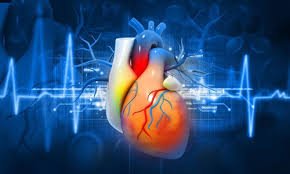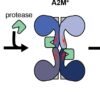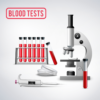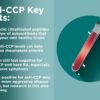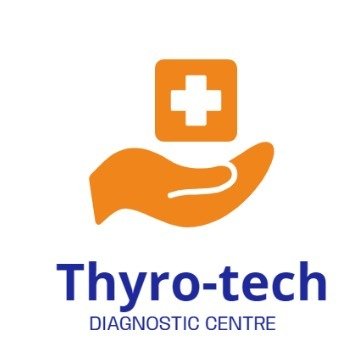Description
| Method: | Spectrophotometry, Immunoturbidimetry |
| Comment: | Addition of non-conventional risk markers such as Apo B, Lp(a) helps to redefine ASCVD risk assessment. As per Lipid Association of India (LAI), for routine screening a fasting lipid profile is not mandatory. |
| Price: | 1600.00 |
| Report: | Daily |
| Usage: | Indians are at very high risk of developing Atherosclerotic Cardiovascular disease (ASCVD), they usually get the disease at an early age, have a more severe form of the disease and have poorer outcome as compared to the western populations. This is due to high prevalence of Atherogenic dyslipidemia, central abdominal adiposity & increased transfats in our diet. Among the various risk factors for ASCVD such as dyslipidemia, Diabetes mellitus, sedentary lifestyle, Hypertension, smoking, genetic predisposition etc., dyslipidemia has the highest population attributable risk for MI. Hence monitoring lipid profile regularly for effective management of dyslipidemia remains one of the most important healthcare targets for prevention of ASCVD. This monitoring should start as early as 20 years of age. Lipid association of India (LAI 2020) has categorized individuals into Low risk, Moderate risk, High risk, Very high risk & Extreme risk on the basis of their LDL-C, Non-HDL-C & ApoB blood levels. Use of lipid lowering drugs particularly statins has reduced ASCVD morbidity and mortality; however significant residual risk for the events remains. Additional testing for inflammatory (HsCRP), non-lipid (Homocysteine) and other lipid biomarkers (Apo A, Apo B & Lp(a) ) may be considered for risk refinement. Presence of one or more secondary risk factor should prompt the clinician to consider drug therapy for patient whose atherogenic cholesterol level is higher than goal level. |
| Doctor Specialty: | Cardiologist, Physician |
| Disease: | Heart diseases |
| Components: | *Apolipoproteins A1 * Apolipoprotein B *ApoB/ApoA1 Ratio *Lipoprotein (a) *Cholesterol, Total *Triglycerides *HDL Clolesterol *LDL Cholesterol, Direct *VLDL Cholesterol *Non HDL Cholesterol *Cholesterol / HDL Ratio |
| Courier Charges: | 0.00 |
| Home Collection: | Available |
| Department: | |
| Pre Test Information: | Overnight fasting is not mandatory. |


